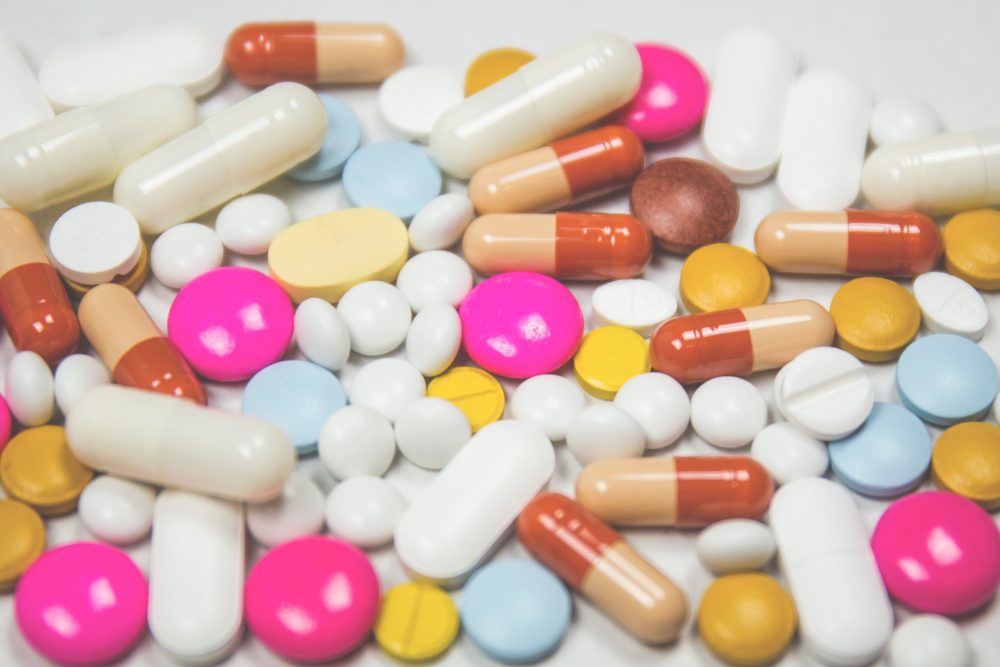Advertisement
Why Do We Doctors So Often Fail To See Symptoms Are Drug Side Effects?

COMMENTARY
Years ago, after I suffered a deep personal loss, my doctor prescribed Prozac, and I joined the millions of Americans who have taken an antidepressant. A few weeks later, I had my first panic attack — heart racing, sweating profusely, gasping for breath — sensations of terror normally reserved for life-threatening events. Attacks continued every half-hour and were so incapacitating that I could not even leave my house. My doctors were confounded. Perhaps the attacks were related to grieving, they thought.
It wasn’t until weeks later when a friend, a mental health nurse, showed me a study about Prozac that the situation became clear. The study described high rates of suicide in Prozac-takers who developed severe panic attacks on the drug, and it noted that it would take months for the drug to fully clear from the bloodstream for any side effects to resolve. Predictably, three months after stopping the drug, I never had another attack.
As both a patient and physician, the experience left me with questions. Why didn’t my clinicians recognize the side effect? Why did they choose a long-acting drug with common side effects when there were other, safer choices? Why didn’t I do my homework before agreeing to this medication?
Clinicians often misdiagnose problems caused by medications, especially when patients take multi-drug combinations. In a study a few years ago, when patients told their doctors they had symptoms that are widely known reactions to the drugs they were taking, almost half the doctors told them there was no connection. A typical report: the “doctor suggested it was (my) imagination” or that “it’s all in my head.”
There are various reasons that drug side effects might go unrecognized: the shrinking time physicians have to spend with patients; the fact that doctors receive lots of information about the benefits of drugs but not much on their dangers; and cognitive dissonance or denial about the negative effects that drugs can have.
Cognitive dissonance, a universal human phenomenon, is based on the assumption that people want consistency between their expectations and reality, and twist their thinking into knots to make that happen. In the case of drug reactions, to preserve the notion that our efforts help rather than hurt, our impulse is to attribute the harm to something other than our intervention.
But when doctors fail to connect symptoms to medications, not only do they fail to help their patients, but they also fail to report the side effects to the Food and Drug Administration. As a result, the FDA is likely underestimating the reactions, leading other doctors and patients to believe some drugs are safer than they are.
Advertisement
We could all benefit from more efforts to correct widespread misperceptions that impede the recognition of side effects — beginning with the assumption that the safety profile of most medications is well understood.
In fact, a high percentage of serious reactions have never even been investigated. Since drug reactions are often the cause of even the most frequent symptoms (such as fatigue, achiness, depression and cognitive dysfunction), medications should always be considered as a potential cause.
Patients may be the most reliable sources to report side effects. In fact, they are often the only information source about reactions to medications. Their observations deserve serious consideration.
Federal money for drug research and safety has declined to the point that pharmaceutical companies now fund over 85 percent of all research, medical journal publications and medical conferences, where physicians receive much of their educational information –- a clear case of the fox guarding the chicken coop.
Restoring federal funding to the National Institutes of Health to support more research on medications would go a long way to assure that accurate and unbiased information is available. If we want to change how doctors respond when patients with possible drug reactions walk through their doors, we also need to emphasize misdiagnosed side effects more in formal education and accreditation programs, such as continuing medical education, board certification and grand rounds.
For their part, pharmaceutical companies could support impartial research creatively — for example, by pooling and distributing funds through independent third parties.
A large-scale educational campaign such as the one that targeted smoking would increase public awareness and encourage direct patient reporting to the FDA when a side effect is suspected.
Pharmacists have an important role to play here too, and could be the point of contact where FDA reporting is initiated. It’s easy to imagine a sign at the pharmacy counter that says, “Ask me about side effects.”
It may also be time to expand our vision about how drug-safety research can be conducted. Social media provides a rich source of data, with hundreds of thousands of internet users communicating with each other monthly about their medication-related experiences. This “big data” source offers the massive number of data points required to understand the safety of multi-drug combinations — something that we currently know very little about.
Recently, my friends’ 13-year-old developed the same problem I had experienced with Prozac, and missed school for several months as a result. The parents had not been informed about this relatively common side effect and, as in my case, months passed before the correct diagnosis was made.
Almost three-fifths of Americans take a prescription medication and nearly 15 percent take five or more, while children are the fastest growing market for drug companies. With drug reactions already the third-leading cause of hospital deaths in the U.S., we desperately need more focused, sustained and unbiased research and education to put the brakes on what is already an epidemic of medication-driven catastrophes.
Dr. Marlene Beggelman is an internist in Cambridge and a member of the Right Care Alliance, a network of health professionals, patients, religious and community groups who are working toward a society in which the right care is accessible by all.